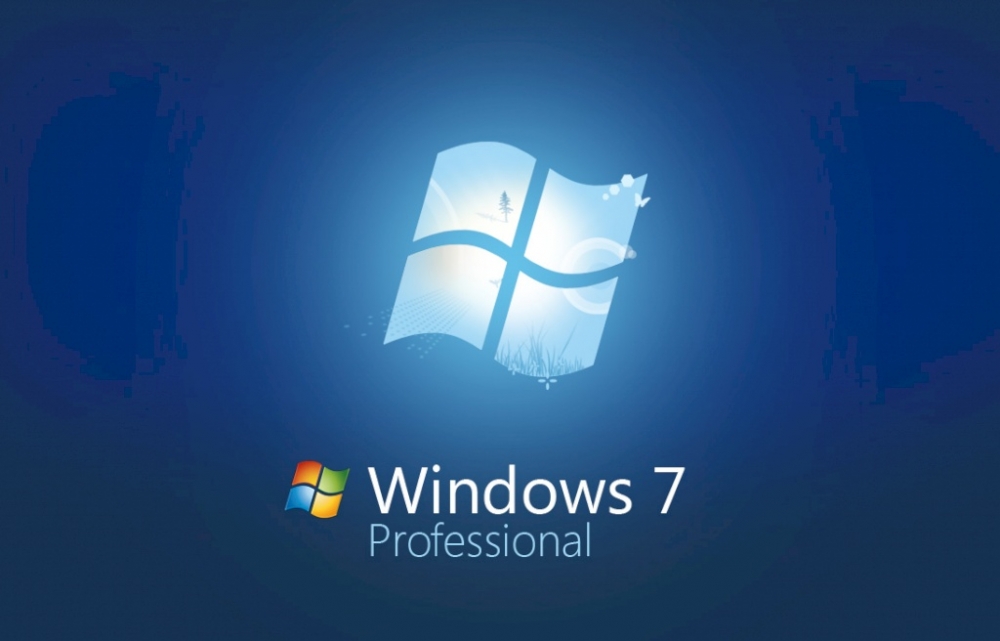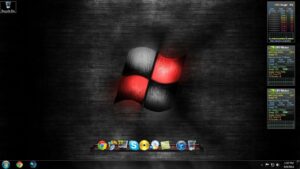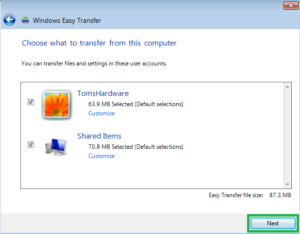The End of an Era: Microsoft Bids Farewell to Windows 7 and the Millions of PCs That Still Run It

Introduction:
In the ever-evolving landscape of technology, operating systems serve as the backbone of our digital experience. Among the giants of the software world, Microsoft’s Windows 7 stood as a stalwart companion for millions of users worldwide. However, as time marches forward, so does technology, and Microsoft made the significant decision to bid farewell to Windows 7 in January 2020. This article explores the impact of this farewell, the reasons behind it, and what it means for the millions of PCs that continue to run this venerable operating system.
Chapter 1: The Legacy of Windows 7
Released in October 2009, Windows 7 quickly gained popularity for its stability, user-friendly interface, and improved performance compared to its predecessor, Windows Vista. Over the course of a decade, it became a cornerstone of personal computing, finding its place in homes, businesses, and institutions globally. The legacy of Windows 7 lies in its enduring popularity, even as newer versions were introduced.
Chapter 2: The Decision to End Support
Microsoft’s decision to bid farewell to Windows 7 was not arbitrary. The company follows a lifecycle policy for its products, and after ten years of mainstream support, Windows 7 transitioned to extended support in 2015. The official end of support in January 2020 meant that Microsoft would no longer provide security updates, patches, or technical assistance for Windows 7. We’ll delve into the rationale behind this decision, exploring Microsoft’s commitment to advancing technology and ensuring users have access to secure and up-to-date systems.
Chapter 3: The Impact on Security
With the cessation of support, the security implications for Windows 7 users became a significant concern. We’ll discuss the potential risks associated with running an unsupported operating system in a digital landscape rife with ever-evolving cyber threats. Microsoft’s encouragement for users to migrate to newer, more secure operating systems will be explored, highlighting the importance of staying vigilant in the face of potential vulnerabilities.
Chapter 4: Extended Security Updates (ESU) – A Temporary Lifeline
Recognizing that not all users could immediately transition away from Windows 7, Microsoft introduced Extended Security Updates (ESU) as a temporary solution. ESU provided paid support for critical and important security updates, offering a bridge for businesses and organizations in the midst of transitioning to newer Windows versions. We’ll explore the dynamics of ESU, its costs, and the considerations for those who opted to continue using Windows 7 with this extended support.
Chapter 5: Migration Challenges and Considerations
For the millions of PCs still running Windows 7, migration to a newer operating system became an inevitable challenge. We’ll discuss the potential hurdles users faced, ranging from hardware compatibility to application dependencies. The article will provide insights into best practices for a smooth transition, including considerations for upgrading to Windows 10 or exploring alternative operating systems.
Chapter 6: The Continued User Base and Community Support
Despite the end of official support, a significant user base continued to run Windows 7 due to familiarity, software compatibility, and various other reasons. We’ll explore how this user community sought to address the challenges posed by the end of support, including engaging with online forums, seeking community-driven solutions, and sharing insights on maintaining a secure and functional Windows 7 system.
Chapter 7: Reflecting on Windows 7’s Contribution to Computing
As we bid farewell to Windows 7, it’s crucial to reflect on its immense contribution to the world of computing. We’ll celebrate the enduring strengths of Windows 7, acknowledging its role in shaping user expectations, setting industry standards, and providing a reliable platform for a diverse range of users. Windows 7’s impact will be remembered not just as a technology milestone but as a companion that guided users through a transformative decade in the digital realm.
Conclusion:
The end of Windows 7 marks a significant moment in the history of personal computing. Microsoft’s farewell to this venerable operating system prompts users to embrace the possibilities of newer technologies, with a focus on security, performance, and the evolving needs of the digital age. As users bid adieu to Windows 7, the legacy of this operating system lives on in the memories of those who experienced its reliability and stability, leaving an indelible mark on the ever-evolving landscape of technology.







